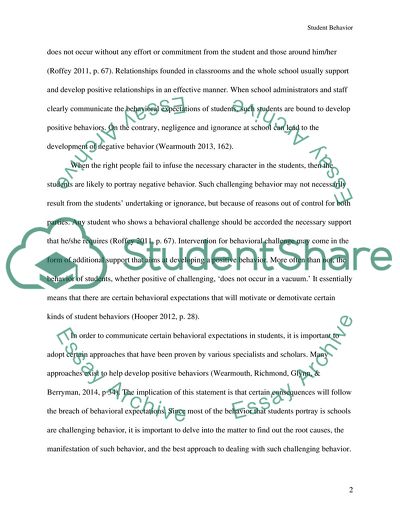Cite this document
(Student Behavior in Schools Coursework Example | Topics and Well Written Essays - 2750 words, n.d.)
Student Behavior in Schools Coursework Example | Topics and Well Written Essays - 2750 words. https://studentshare.org/education/1841351-students-behaviour-in-schools-does-not-occur-in-a-vaccum-wearmouth-et-al-2005111
Student Behavior in Schools Coursework Example | Topics and Well Written Essays - 2750 words. https://studentshare.org/education/1841351-students-behaviour-in-schools-does-not-occur-in-a-vaccum-wearmouth-et-al-2005111
(Student Behavior in Schools Coursework Example | Topics and Well Written Essays - 2750 Words)
Student Behavior in Schools Coursework Example | Topics and Well Written Essays - 2750 Words. https://studentshare.org/education/1841351-students-behaviour-in-schools-does-not-occur-in-a-vaccum-wearmouth-et-al-2005111.
Student Behavior in Schools Coursework Example | Topics and Well Written Essays - 2750 Words. https://studentshare.org/education/1841351-students-behaviour-in-schools-does-not-occur-in-a-vaccum-wearmouth-et-al-2005111.
“Student Behavior in Schools Coursework Example | Topics and Well Written Essays - 2750 Words”. https://studentshare.org/education/1841351-students-behaviour-in-schools-does-not-occur-in-a-vaccum-wearmouth-et-al-2005111.


